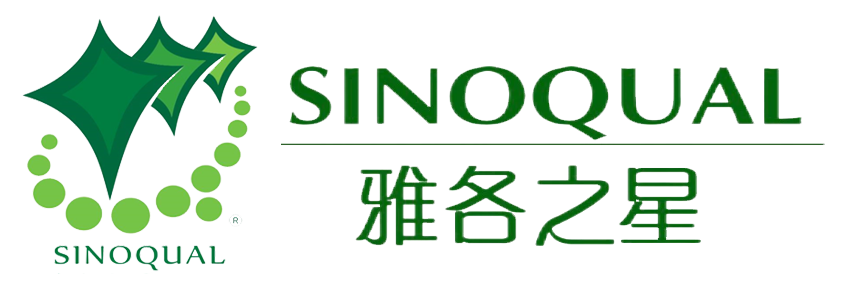The global beauty industry is undergoing a transformation as consumers increasingly demand products that demonstrate transparency, ethical sourcing, and ingredient purity...
The development of the Halal industry in the Philippines
2025-05-15
HALALIt usually appears on the packaging of some foods and the logos of some institutions. In the food, pharmaceutical and cosmetic industriesHalal(Halal, also spelledHalalorhalal) refers to ingredients permitted by Islamic law.HalalCertification ensures that the product meets international standards from preparation to packaging and handling.HalalDietary requirements or cateringHalalA sign of the lifestyle and quality, cleanliness and health standards that consumers demand.
Department of Trade and Industry of the Philippines (DTI) Product Standards Bureau (BPS) formulated the PhilippinesHalalNational standards, forHalalThe Food Industry Act provides general guidelines on product preparation and handling as a basic requirement for food and food trade in the country.10817and the PhilippinesHalalExport Development and Promotion Act2016signed into law in 1996 to establish aHalalComprehensive export program.
The Philippines has about1100million Muslims, accounting for10%As more Filipinos become more aware of their food and beverage choices,HalalCertified products have become a good choice.HalalThe number of consumers is increasing,HalalThe increasing demand for certified products, andHalalThe potential of the industry, many small and medium-sized enterprises are seeking to obtainHalalSince tourism is an important part of the Philippine economy,DTITrying to encourage new1.45More of the 100 million Muslim tourists visit the Philippines.
Today, the Philippines needs moreHALALCertification bodies are responsible for the inspection, audit and certification of food, non-food products, institutions and services.DTIThis number is expected to increase, especially in Mindanao.HALALCertification needs to meetHALALCertain requirements set by certification bodies, such as:
a) Submit a letter of intent, a completed application form (usually available fromHALALcertifier's website) and supporting documents;
b) Document assessment;
c) Audit/Visual inspection;
d) Audit inspection report;
and) Submit sample products for analysis;
f) Final report and recommendations;
g) Pay the applicable fee (certification/service fees, laboratory fees); and
h)HALALCertificate/HALALlogo.
